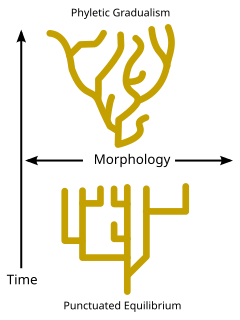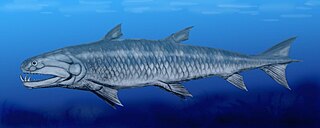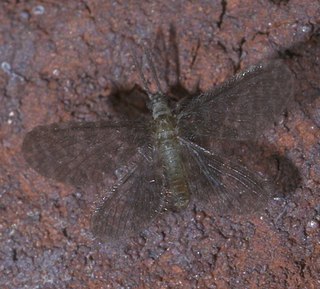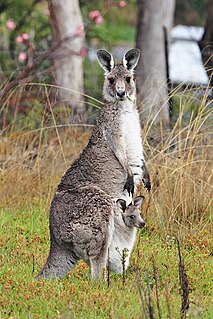This article is being considered for deletion in accordance with Wikipedia's deletion policy. Please share your thoughts on the matter at this article's entry on the Articles for deletion page. |
This article has multiple issues. Please help improve it or discuss these issues on the talk page . (Learn how and when to remove these template messages) (Learn how and when to remove this template message)
|
Mikko's Phylogeny Archive is an amateur paleontology website maintained by Mikko Haaramo, a student at the University of Helsinki's Department of Geology, Division of Geology and Palaeontology. [1]

The University of Helsinki is a university located in Helsinki, Finland since 1829, but was founded in the city of Turku in 1640 as the Royal Academy of Åbo, at that time part of the Swedish Empire. It is the oldest and largest university in Finland with the widest range of disciplines available. Around 36,500 students are currently enrolled in the degree programs of the university spread across 11 faculties and 11 research institutes.
The project is aimed at collecting phylogenetic trees of all organisms. Each page presents a cladogram that is hyperlinked to its parent and daughter cladograms, plus a section for references. Taxa of uncertain relationship are indicated by a question mark. No indication is given for what part of the cladogram is based on which specific references.

A cladogram is a diagram used in cladistics to show relations among organisms. A cladogram is not, however, an evolutionary tree because it does not show how ancestors are related to descendants, nor does it show how much they have changed; nevertheless, many evolutionary trees can be inferred from a single cladogram. A cladogram uses lines that branch off in different directions ending at a clade, a group of organisms with a last common ancestor. There are many shapes of cladograms but they all have lines that branch off from other lines. The lines can be traced back to where they branch off. These branching off points represent a hypothetical ancestor which can be inferred to exhibit the traits shared among the terminal taxa above it. This hypothetical ancestor might then provide clues about the order of evolution of various features, adaptation, and other evolutionary narratives about ancestors. Although traditionally such cladograms were generated largely on the basis of morphological characters, DNA and RNA sequencing data and computational phylogenetics are now very commonly used in the generation of cladograms, either on their own or in combination with morphology.

In computing, a hyperlink, or simply a link, is a reference to data that the reader can follow by clicking or tapping. A hyperlink points to a whole document or to a specific element within a document. Hypertext is text with hyperlinks. The text that is linked from is called anchor text. A software system that is used for viewing and creating hypertext is a hypertext system, and to create a hyperlink is to hyperlink. A user following hyperlinks is said to navigate or browse the hypertext.
The site was originally simply named "Life as We Know It", and with the Dinosauricon it was the first web-site to use an ascii text-based format for showing cladograms.
Although the Archive has been hosted by the Finnish Museum of the Natural History and now the University of Helsinki's servers, the museum has no formal affiliation with it. Haaramo points out that the site is a private project, is not peer-reviewed, and should not be used as a scientific reference. Together with Palaeos and the Paleobiology Database it provides a near comprehensive listing of many groups, genera and species of extinct organisms, along with recent taxa.
Palaeos.com is a web site on biology, paleontology, phylogeny and geology and which covers the history of Earth. The site is well respected and has been used as a reference by professional paleontologists such as Michael J. Benton, the professor of vertebrate palaeontology in the Department of Earth Sciences at the University of Bristol. It is frequently cited in Science Online.
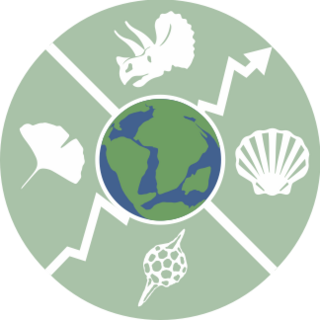
The Paleobiology Database is an online resource for information on the distribution and classification of fossil animals, plants, and microorganisms.

